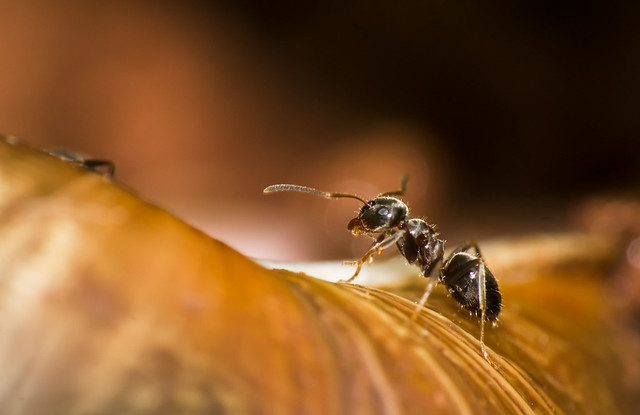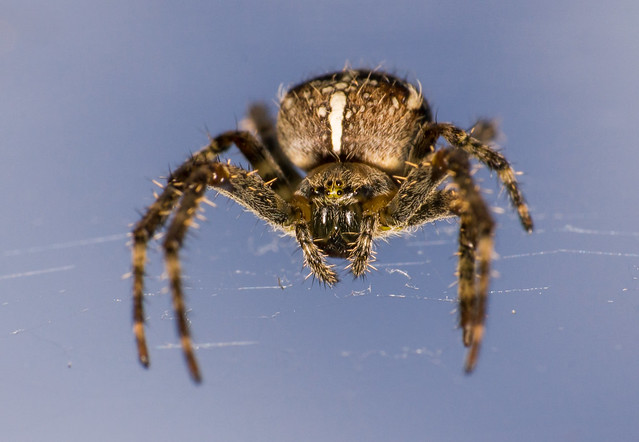Yep these are all handheld, all using the 250 (although I have both) and like I say, a cheap difusser on the pop up flash (flash is pretty much a must unless the light is exceptional)
I use the Raynox 150 and 250 (and a couple of other achromats, one less powerful than these two and one more powerful).
Sometimes I use flash, sometimes available light, and sometimes a mixture of the two. Whatever light source(s) I'm using I find it helpful to use a tripod.
Very occasionally, for example sometimes when I get out on site around dawn and the air is very still, I use a tripod in the "normal" way; I line up a shot, take my hands off the camera and use a cable release. And I may use rather long exposures, especially very early in the morning when light levels are low. This is using available light.
Usually though this isn't practical because the subject is moving around, or what it is on is moving, or it may be off at any moment and I have to be quick. I have the camera on a rather odd tripod - it has a lateral arm lets me get to odd positions - and I keep my hands on the camera. The camera isn't completely motionless because of course my hands impart motion to it, but it does damp the movement and let me use slower exposures than would otherwise be the case, so for example I can use available light for exposures of 1/10th second or so to use available light to photograph snails as they clamber around in the early morning dampness.
Even if I'm using flash I find this "hands-on" approach with the tripod useful. That is because one of the important things when using achromats, especially the more powerful ones like the 250, is to get the distance to the subject right. Also, as the magnification increases it gets more difficult to frame shots because the image is jiggling around in the viewfinder (or on the LCD in my case).
The steadiness I get when using this "hands-on" tripod approach helps me get the distance and framing right, and then I can maintain that distance and framing while I take multiple shots. Sometimes, depending on the subject, I might spend several minutes on a particular subject, and this is much more doable when the camera is supported, especially when the camera is in a position and pointing in a direction that would be more or less impossible to maintain without some support. As well as making it easier to get sequences of shots of the same scene, such as this.
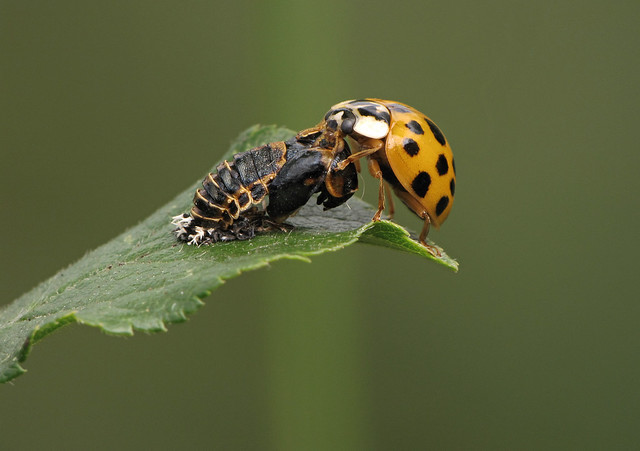
0366 50 2011_06_30 IMG_8252 PS1 CrDf7x30LebSaCuExShadCu900hSS44x0.3 by
gardenersassistant, on Flickr

0366 51 2011_06_30 IMG_8269 PS1 CrDf7x30LebSaCuExShadSelNoLu55Cu900hSS65x0.3 by
gardenersassistant, on Flickr

0366 52 2011_06_30 IMG_8274 PS1a CrDf7x30LebSaCuExShadCuSelNoLu53 900hSS67x0.3 by
gardenersassistant, on Flickr
It also makes it easier to get sequences of shots of different magnification/framing without moving the camera ...

0459 13 2012_10_29 P1710921-Edit by
gardenersassistant, on Flickr

0459 14 2012_10_29 P1710930-Edit PSS2.200 by
gardenersassistant, on Flickr
... or capture the same scene with different apertures to get different effects.

0459 15 2012_10_29 P1710933-Edit PSS2.50 by
gardenersassistant, on Flickr
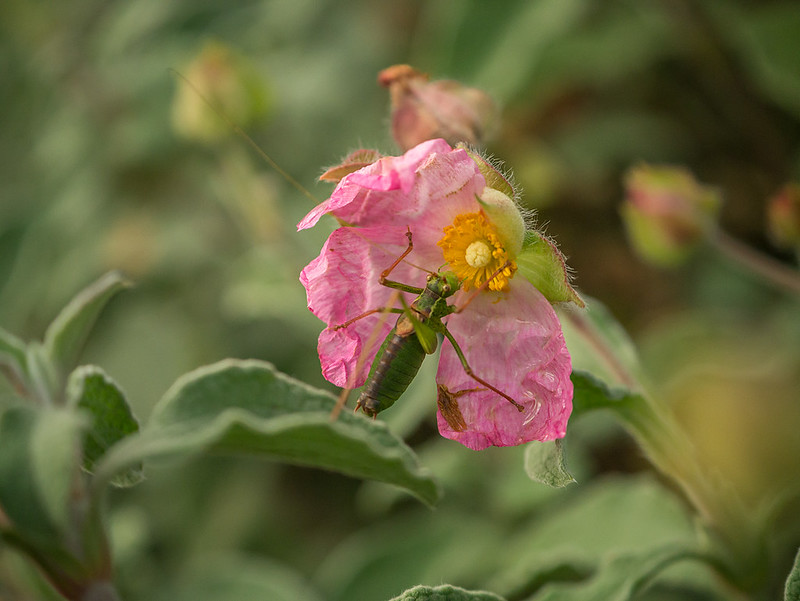
0459 16 2012_10_29 P1710935-Edit by
gardenersassistant, on Flickr
As it happens, all these used available light. The exposures were moderately slow, 1/60 sec for the ladybird and 1/40 and 1/50 for three of the cricket shots. I don't think that would have been practical hand-held. (Incidentally, I had to use ISO 800 for the cricket shots even to get exposures that fast.)
The hands-on tripod approach lets me use slower exposures than this. For example, this one was 1/3 sec.
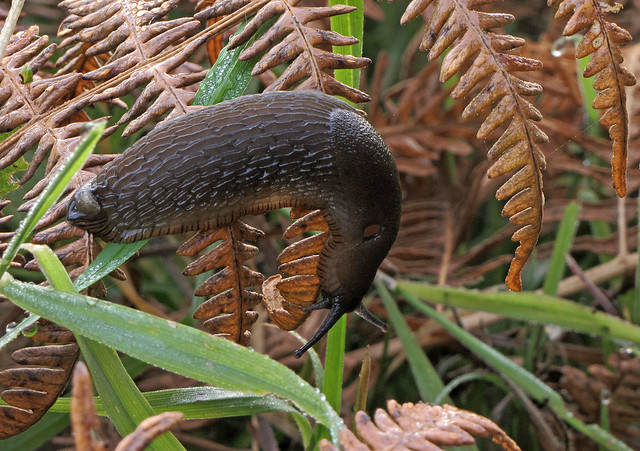
0368 06 2011_07_01 2011_07_01 IMG_8420 PS1 CrShadDf7x30LebSaCuEx900hSS72x0.3 by
gardenersassistant, on Flickr
By the way, these are just shots I pulled out of my archives to illustrate the points I wanted to make. I now realise that probably all of these shots were captured with something less powerful than the Raynox 250. Either a Raynox 150 or very likely a Canon 500D. But I use the same techniques at higher magnification with the 250, and the even more powerful Raynox MSN-202. The higher the magnification, the more likely I am to use flash (but I also quite often use flash at lower magnifications).



